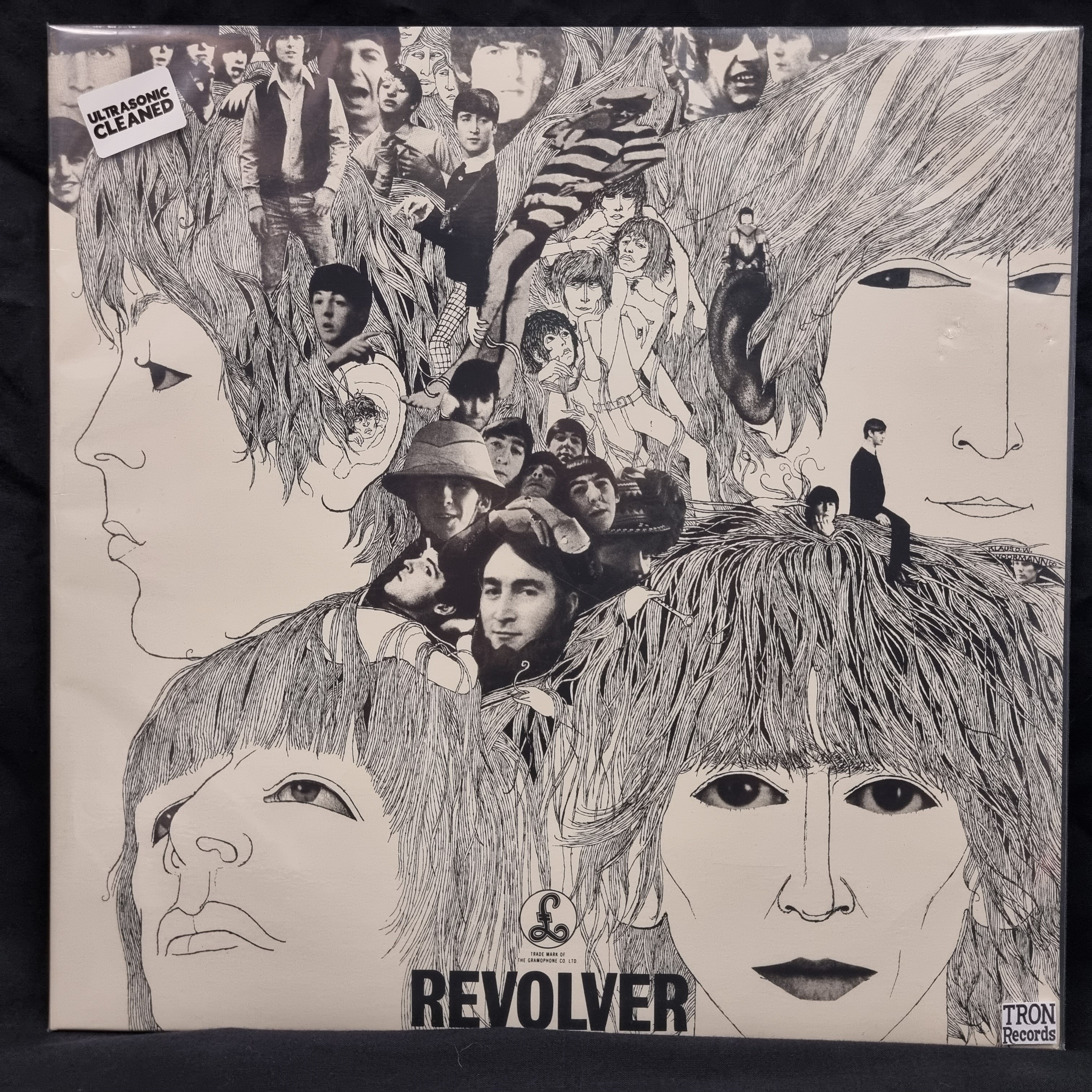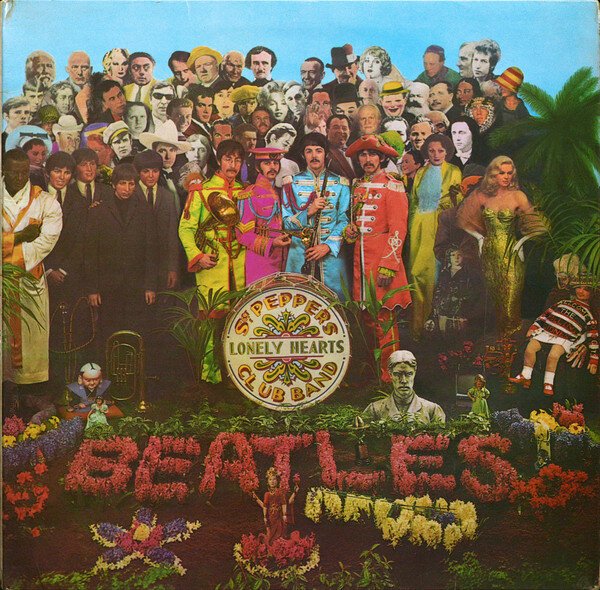The Beatles – From Pop Idols to Musical Revolutionaries
In the early 1960s, four young men from Liverpool — John Lennon, Paul McCartney, George Harrison, and Ringo Starr — stepped out of the clubs of Hamburg and The Cavern and onto the world stage. At first they were seen as charming pop idols, but behind the matching suits and harmonies was a band hungry to push every musical boundary they met.
Their rise was explosive. Screaming crowds, television appearances, and front-page headlines followed them across Europe, America, and beyond. Yet inside the studio, The Beatles were already restless. Instead of repeating the same formula, they treated each new single and LP as an experiment — different sounds, new instruments, unexpected structures.
By the mid-60s, they had transformed from a touring rock’n’roll band into studio pioneers. Tape loops, backwards guitars, orchestral arrangements, Indian instruments, and layered vocals turned their records into something entirely new. Popular music became a place where imagination, storytelling, and sound design could all live together.
Even after they stopped touring, the creativity only intensified. From the colourful dreamscapes of Sgt. Pepper’s to the intimate moments on The White Album and the bittersweet brilliance of Abbey Road, their final years as a band were filled with bold ideas and timeless melodies.
Their story is short — roughly a decade from debut to breakup — but the impact is permanent. Fashion, film, art, studio production, and the very idea of what a band could be were all changed by The Beatles. Drop the needle on any of their records today and you still hear it: energy, curiosity, and a heart that speaks across generations.
Milestones
- 1960–1962: Formed in Liverpool; long nights in Hamburg sharpen their sound and chemistry.
- 1963–1964: Beatlemania explodes with hits like "She Loves You” and "I Want to Hold Your Hand.” UK charts fall first, then America follows.
- 1965: Rubber Soul signals a new phase — richer lyrics, acoustic textures, and a more introspective mood.
- 1966: Revolver arrives with studio experimentation, tape effects, and bold arrangements that change rock forever.
- 1967: Sgt. Pepper’s Lonely Hearts Club Band defines the concept album era and becomes a landmark of 60s culture.
- 1968–1969: From the sprawling White Album to the Abbey Road medley and the famous rooftop performance in London.
- 1970: The band part ways, but their music continues to inspire every new generation of artists and listeners.
Iconic Albums

Please Please Me (1963)
The raw, joyful debut — capturing the energy of their early club days with fresh harmonies and youthful urgency.

Revolver (1966)
A turning point in modern music — adventurous arrangements, sharp songwriting, and fearless studio experimentation.

Sgt. Pepper’s Lonely Hearts Club Band (1967)
A colourful, cohesive journey that reimagined what an album could be — art, theatre, and pop all in one.

Abbey Road (1969)
Their final recorded statement as a band — iconic cover, seamless medley, and a perfect blend of maturity and melody.
Essential Songs
- Love Me Do
- She Loves You
- I Want to Hold Your Hand
- A Hard Day’s Night
- Help!
- Yesterday
- Eleanor Rigby
- Strawberry Fields Forever
- Hey Jude
- Come Together
- Something
- Let It Be
Did You Know?
- The Beatles are one of the best-selling bands in history, with their records still topping "greatest albums of all time” lists.
- They stopped touring in 1966 — every album from Sgt. Pepper’s onward was crafted entirely as a studio creation.
- The famous Abbey Road cover was shot just outside the London studio where they recorded most of their work.
- Each member went on to a successful solo career, but their work together remains the foundation of modern pop and rock music.